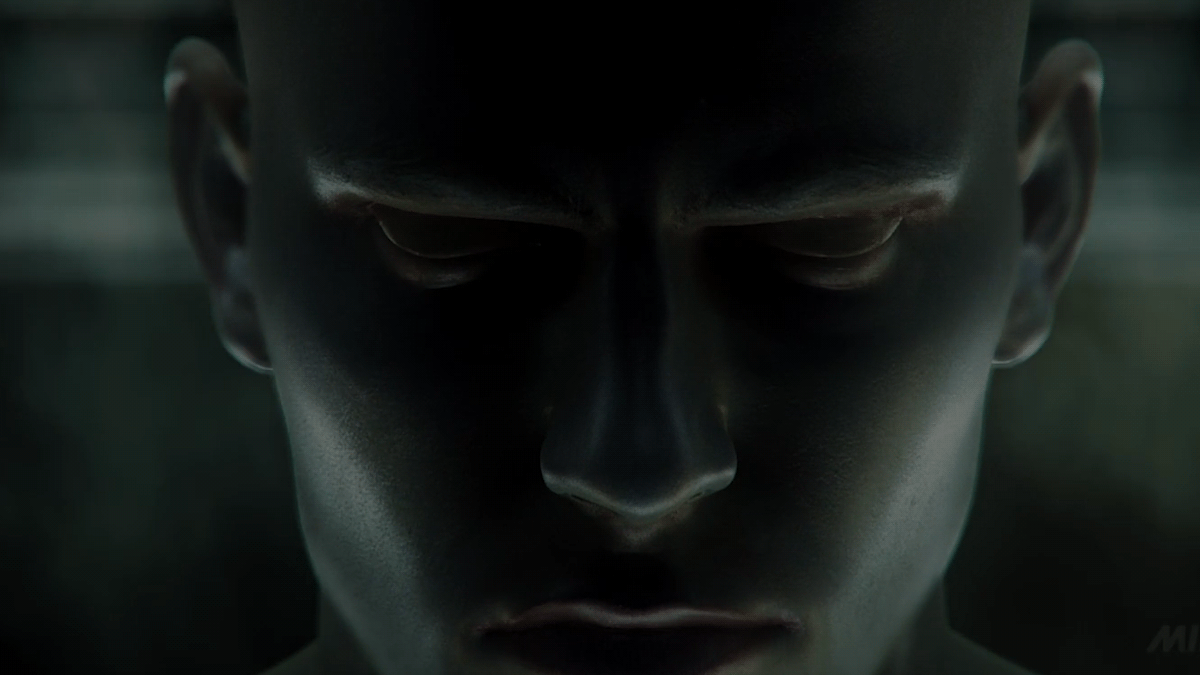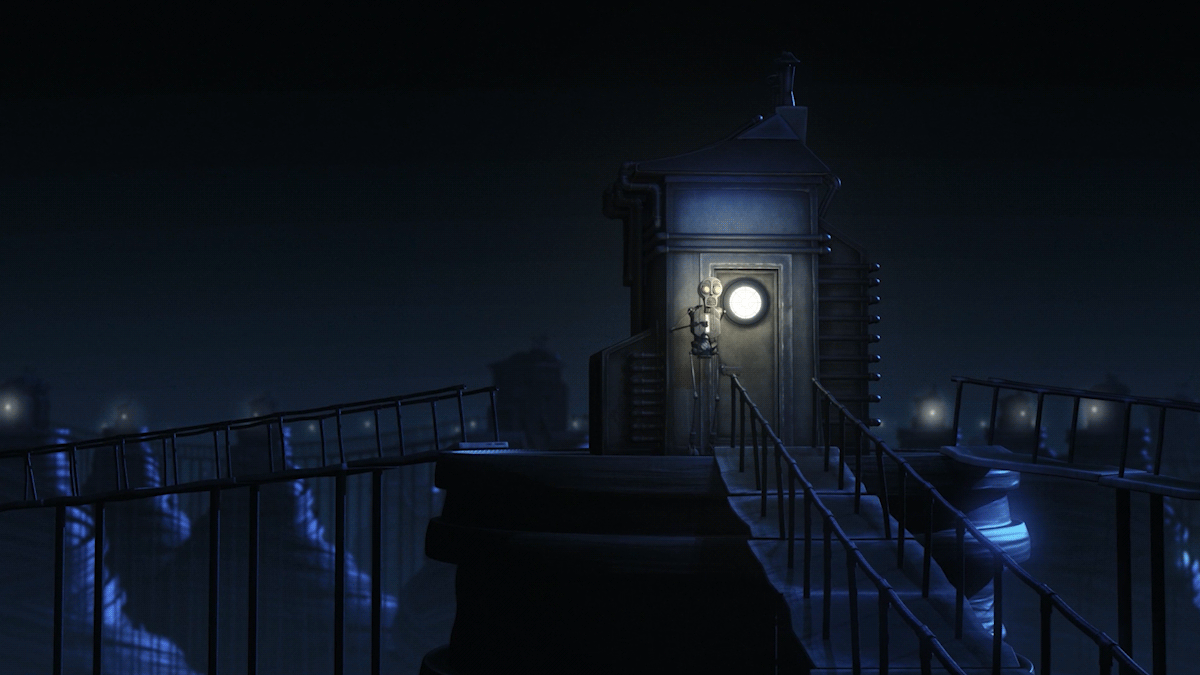After the seas have disappeared, a courageous pilot fights against vicious sky pirates for control of the last remaining source of water: the clouds.
Welcome to the world of disappeared oceans and sky pirates. Lucas Martell created this imaginative world on pure inspirations, and began with a simple idea of two planes flying straight at each other and colliding in the cloud.
I had that image in my mind for several years, and knew it was the climax to an awesome story, I just didn’t know what that story was for the longest time. It wasn’t until I started thinking “what if the cloud was the thing they were fighting over?” The entire idea of cloud catching and a world without water evolved out of that one image.
Obviously the film’s biggest asset is its style design. Lucas and his team did a rather incredible job at style and design research, to find inspirations and elements that would help build this deserted dry world. Stylistically they were looking for something specific that they’ve termed ‘junk-punk’, there were several influences and obviously Mad Max was an inspiration in the vehicle design.
We knew for the film to work, you had to really feel the desperation and danger, so the more realistic we went with the vehicles and environment, the better that landed. At the same time, we wanted the character to be animated, and didn’t want to fall into the uncanny valley, so we looked around for examples of stylized characters in realistic environments. Rango was a fantastic example, and the magic combination was using caricatured models, but hyper-realistic textures and materials to tie the characters into this realistic world. It creates this very unique look that feels very grounded, yet you can still exaggerate certain aspects of the character performance, which was crucial because we were telling this whole story without dialogue.
The animation took a year and a half from start to finish. However the bulk of the work was done during a 7-week “working vacation” on an island in Belize.
Essentially, I had a small budget that wasn’t enough to pay people their proper day rates, but I did have enough to rent a couple of houses, buy plane tickets and food. It was pretty much a straight-up bribe, but it was a fantastic way to get animators out of the usual production grind. I’ve worked on independent projects in the past where everyone is spread out and working a few hours here and there. It takes forever and frankly it’s an absolutely terrible way to make films. Doing our main production sprint in Belize allowed us to keep the budget relatively low, while still getting everyone working together in the same location and totally dedicated to the project for a decent chunk of time. We went down with little more than a script and a few models, and after 7 weeks on the island with our crew of 8, we had finished nearly half of the work on the film.




